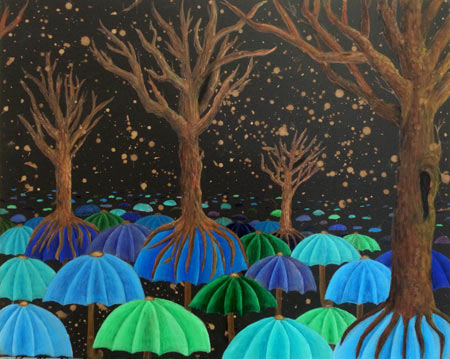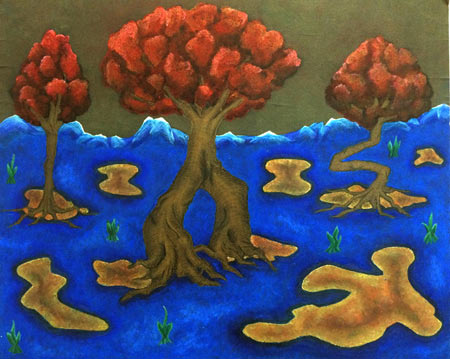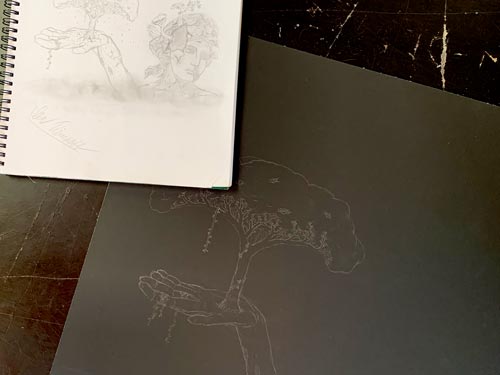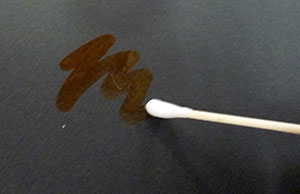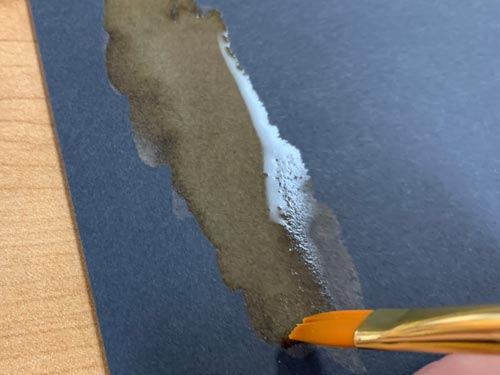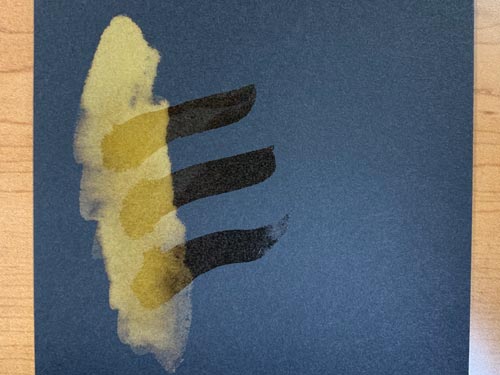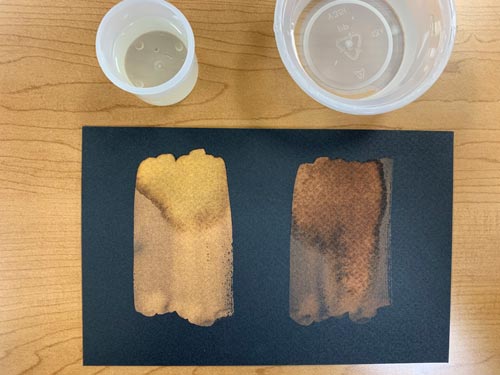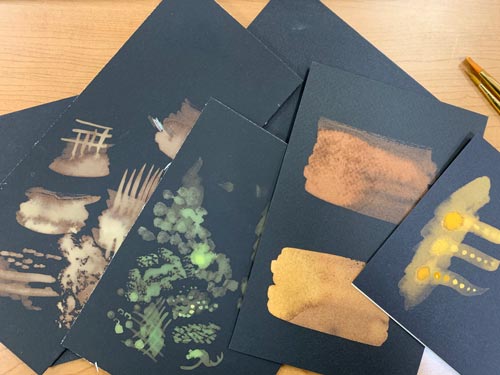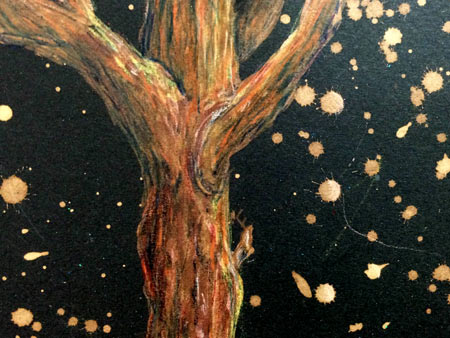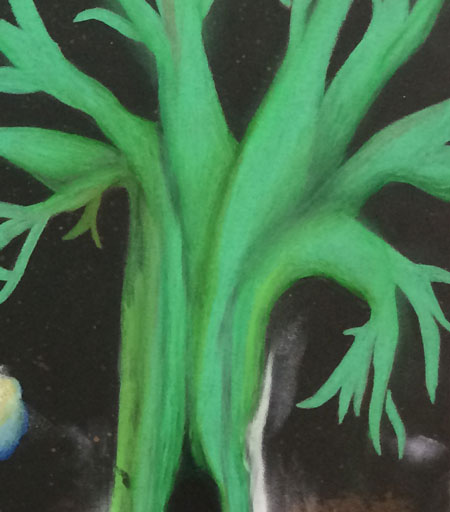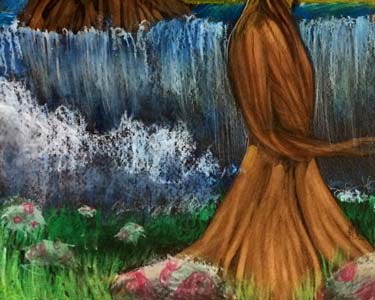WI State Standards:
- AA Cr11h
Plan: Formulate original concepts by practice, experimentation, and revision. (planning/experimentation) - AA Cr12h
Make: Create works of art that introduce students to media, care of tools, and basic craftsmanship skills.
(skills) - AA Pr10h
Develop Meaning: Curate a body of work incorporating personal, historical and contemporary art to communicate one or more points of view.
(aesthetics / communication)
Learning targets:
- Use planning (sketching) to develop a unique outcome
- Create an original artwork
- Combine multiple media to achieve an aesthetic effect.
- Learn about surrealism
- Create an art piece in surrealistic style
- Exercise drawing trees
- Learn to paint with bleach
- Learn to achieve a necessary value using bleach over a black surface
- Learn to apply highlights and shadows on a black illustration board
- Learn to use oil pastels and pencils to add depth
- Exercise and demonstrate use and mastery of the elements of art
- Exercise and demonstrate use and mastery of colored pencil drawing and shading techniques
- Demonstrate understanding of color values and chiaroscuro pattern.
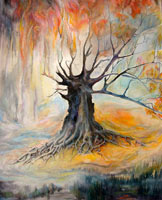
Draw a surrealist landscape that includes:
- Depth - background, middle-ground, and foreground
- At least three trees
- All objects should look three-dimensional and realistic in appearance
- Drawing should be surrealistic in nature - dream-like subject matter
Media to use:
- Black illustration board
- Bleach
- Oil pastels
- Colored pencils

















